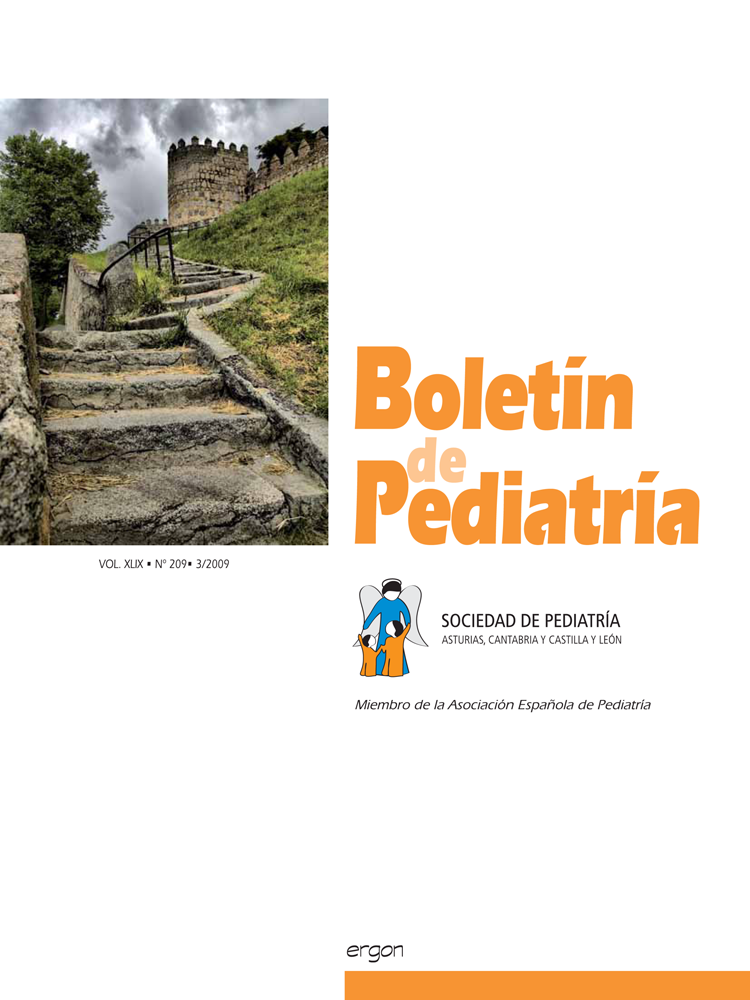Abstract
The heliotherapy was empirically used since antique medicine till XX century for treating many diseases, included tuberculosis, and the discovery of Vit. D has explained the effect of sunlight. The vitamin D receptor (VDR) was discovered in 1983, and their presence in immune cell suggested the immune role of Vit. D and its use in human pathology were considered. Low Vit. D serum levels were consistently reported in patients with active and latent tuberculosis, but these cross assays were enabling to prove the cause-effect sense. In other way, experimental studies proved that Vit. D increases the protection against tuberculosis. Recently, it was observed that macrophage cells infected with M. tuberculosis by TLR 2,1 receptors enhances simultaneously the innate immune response and the local production of active Vit. D (1,25-OH), that has explained the hypercalcemia and the calcification of the granulomas, two characteristic facts of tuberculosis disease. On view these findings, Vit. D has been advised as an adjuvant treatment of tuberculosis and for resistant cases. Nevertheless, the clinical assays have been not conclusive due to methodological fails. Besides, there is concern about the known hypercalcemic action of Vit. D and because it modulates the function of Th1 lymphocytes, that are essential for the defense against intracellular microorganisms, as M. tuberculosis. The Vit. D therapy usefulness and the optimal doses for every situation need to be clarified with stronger assays.

This work is licensed under a Creative Commons Attribution-NonCommercial 4.0 International License.
Copyright (c) 2009 Boletín de Pediatría
